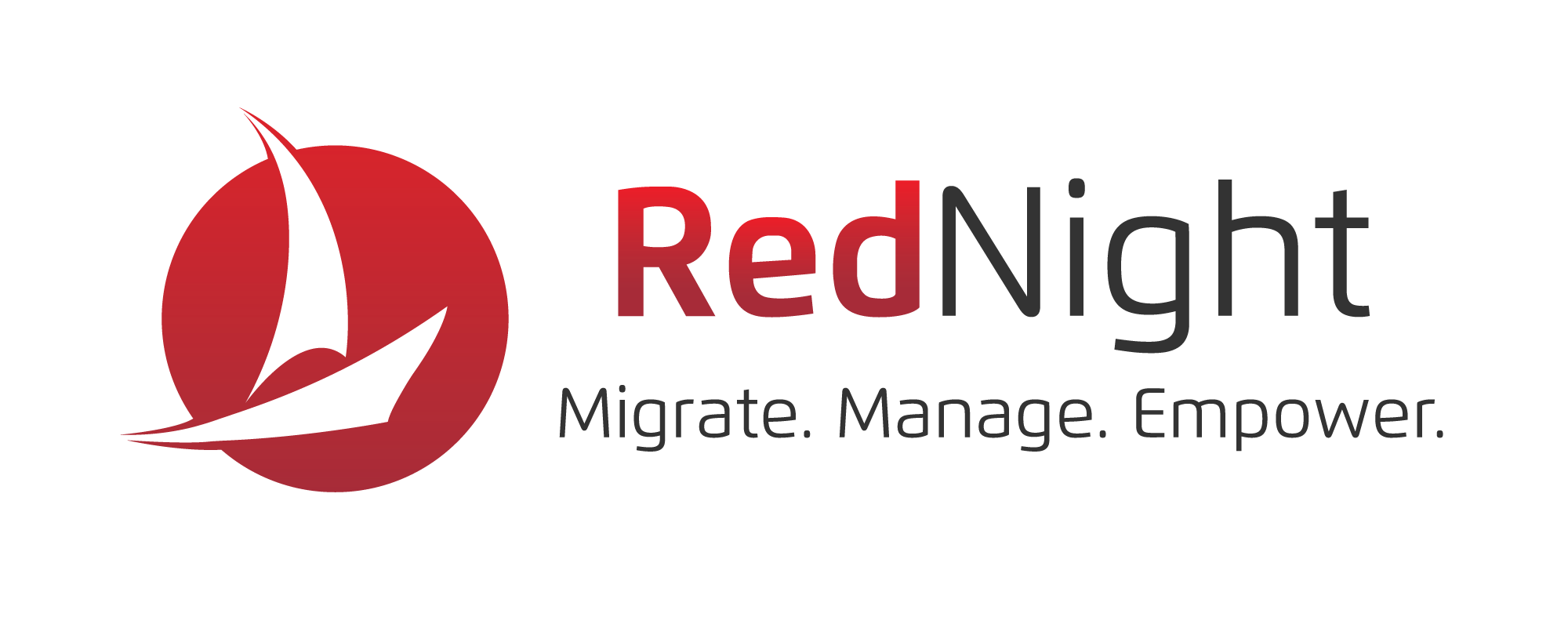Is your organization struggling to manage multiple platforms and increasing IT complexity? Then it’s time to look at what cloud migration can offer. The cloud enables businesses to simplify IT, boost efficiencies, and better leverage technology to drive growth.
It all starts with a cloud strategy focused on your organization’s goals. Let’s look at how the cloud can solve common problems organizations face when they rely on outdated technology and what cloud computing can offer.
Is Outdated Technology Holding You Back?
Old tech is behind a lot of the common problems businesses face today. Poor customer experience, lack of resilience, and an inability to turn data into business gains are all caused by outdated IT infrastructure.
- A 2020 Forrester study revealed that 88 percent of companies rely on at least one manual or rules-based process, demonstrating an inability to capture intelligent ordering benefits. Seven in 10 firms say even one delayed order is enough to lose a customer.
- During the height of the pandemic and COVID-19 closures, remote work jumped from 33 percent to 61 percent of the full-time workforce. Two-thirds of North American companies struggled to balance security and flexibility in the wake of this change. Those companies that did invest in cloud migration and modernizing their network architectures thrived. According to a PwC study, they “continued to fill orders, change up production lines, or deliver new services needed during the crisis.”
- Businesses relying on legacy systems struggle to gain data insights. Without the seamless integration the cloud offers, there’s no easy way around these data silos.
These are just a few examples of how old tech can hold a business back. Legacy systems and outdated network infrastructure can be costly. This is because you’ll need in-house IT staff to manage your infrastructure. Compared to the flexibility, scalability, and efficiency the cloud offers, relying on outdated technology can feel like your business is running just to stand still.
Discover the Diversity of Cloud Computing
With the cloud, data and workflows live on servers housed in secure off-site data centers. As a result, businesses take advantage of huge amounts of computing power, industry-leading data security, and the practically limitless cloud technology potential. Firms of all sizes are turning to cloud migration to move beyond the limits old tech poses.
With the cloud, your business can deploy the cloud model that suits your needs.
- The public cloud is cost-effective, easy to manage, and highly reliable. Often offered as a pay-per-use model, this is a great option for small businesses.
- The private cloud offers more control and enhanced security. This option is more expensive, but it’s a good fit for heavily regulated industries, such as finance and health care.
- The hybrid cloud combines both private and public cloud deployment. You can experience the scalability and cost-savings of the public cloud for part of your IT needs and house highly sensitive data on a private cloud.
The cloud also entails three different service models.
- SaaS – Software as a Service is managed from a central location. Your business can use SaaS solutions for essential business tools without a large IT budget.
- PaaS – Platform as a Service is ideal for businesses that want to run their own applications in the cloud.
- IaaS – Infrastructure as a Service includes virtual servers, data storage drives, and networks, allowing businesses to develop an IT solution that supports business growth without investing in and managing on-premises hardware.
Revolutionize What’s Possible With Cloud Computing
From supporting productivity amongst your remote teams to developing a virtual IT infrastructure that grows with your business needs, your company will have the tools it needs to fully leverage today’s technology once you begin your cloud migration journey.
But, you don’t have to figure out how to leverage the cloud on your own. Our cloud migration experts will help you get the most out of the cloud. Contact us today.


